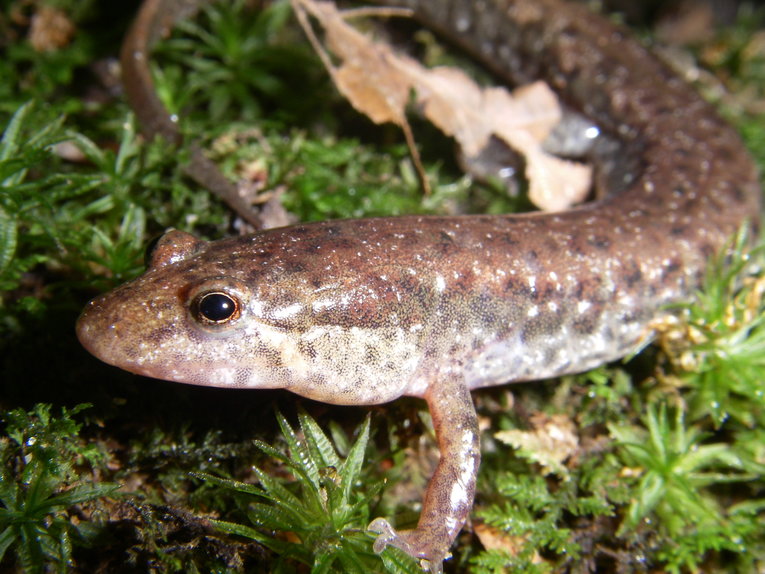Salamanders that play a key part in stream ecosystems in Southeast America have been badly affected by drought, new research shows.
A five-year study on how drought affects salamanders and additional aquatic animals has been carried out by Wake Forest University and Davidson College biologists and has been published in the scientific journal Herpetologica.
They investigated the Northern Dusky Salamander at 17 sites in the Charlotte-Mecklenburg County area in North Carolina from 2005 to 2009, including extreme drought conditions from September 2007-2008.
From month to month, adult salamanders had a 90% chance of survival, but their larvae the needs to be submerged in water during development and metamorphosis, vanished from almost one-third of sites on average in the drought year.
As water levels hit a 110-year low, adult salamanders moved from streambeds to underground or high-humidity homes at twice the rate of non-drought conditions.
Steven Price, who was a Wake Forest graduate student during the study and is now an assistant professor of stream and riparian ecology at the University of Kentucky, says, "With climate change models predicting that droughts will become longer in duration and more severe, having knowledge of animals' response strategies to extremely dry conditions is critical to their future survival.
"During the drought, adult salamanders demonstrated a ninety percent survival rate from one month to the next. It sounds pretty high, but at this rate, less than one percent would survive a four-year drought suggested under certain climate change scenarios," he warns.
Salamanders play a vital part in maintaining balance in forest ecosystems. They prey on stream invertebrates that help minimise the nutrients from waterways leaf debris. Salamanders are prey for birds and mammals.
Robert Browne, the Wake Forest biology professor who oversaw the research, says wider riparian zones - distinctive land that borders rivers, streams and creeks - could help protect the salamander in the long-term.
"The Charlotte metro area expanded like crazy during the time of our research, and development, like drought, has a major impact on the fragmentation of habitats. Protecting and widening the riparian buffer zones would not only provide them shelter during dry conditions, it would also prevent erosion and absorb silt, which negatively impacts the survival of stream-dwelling animals."










